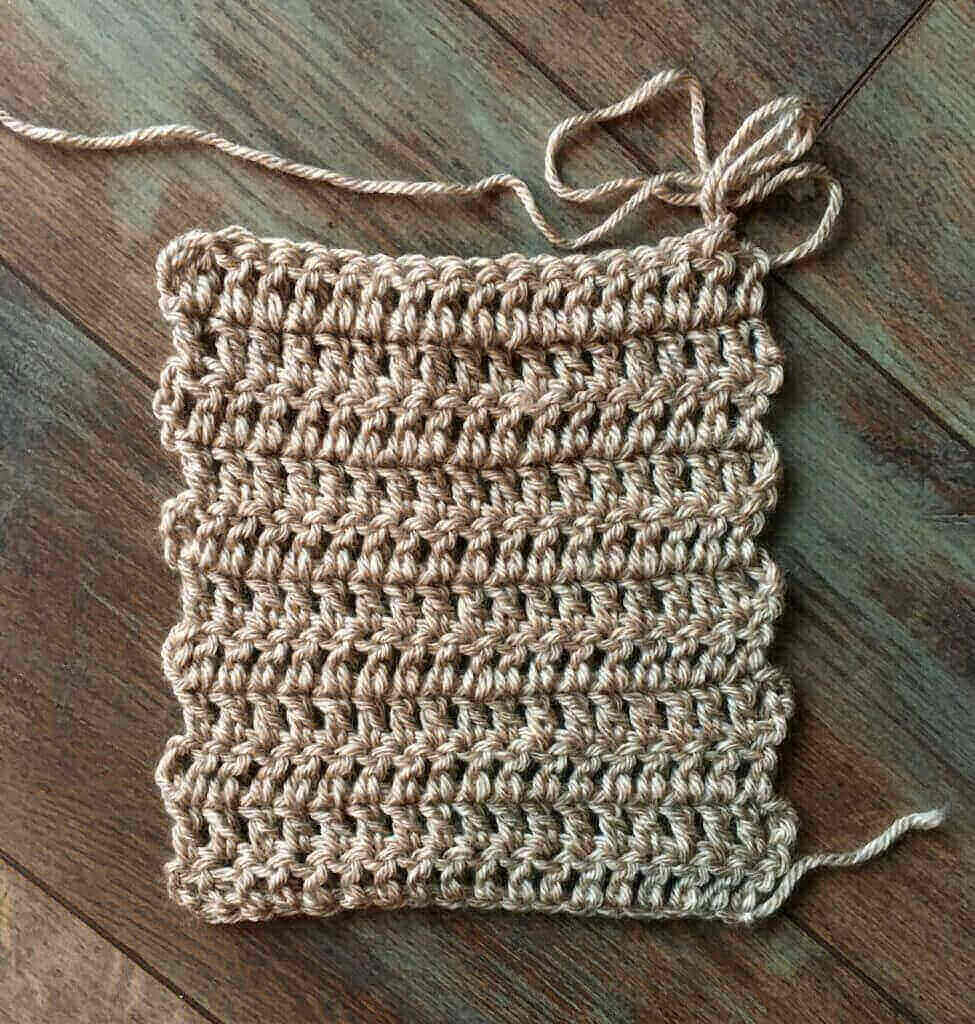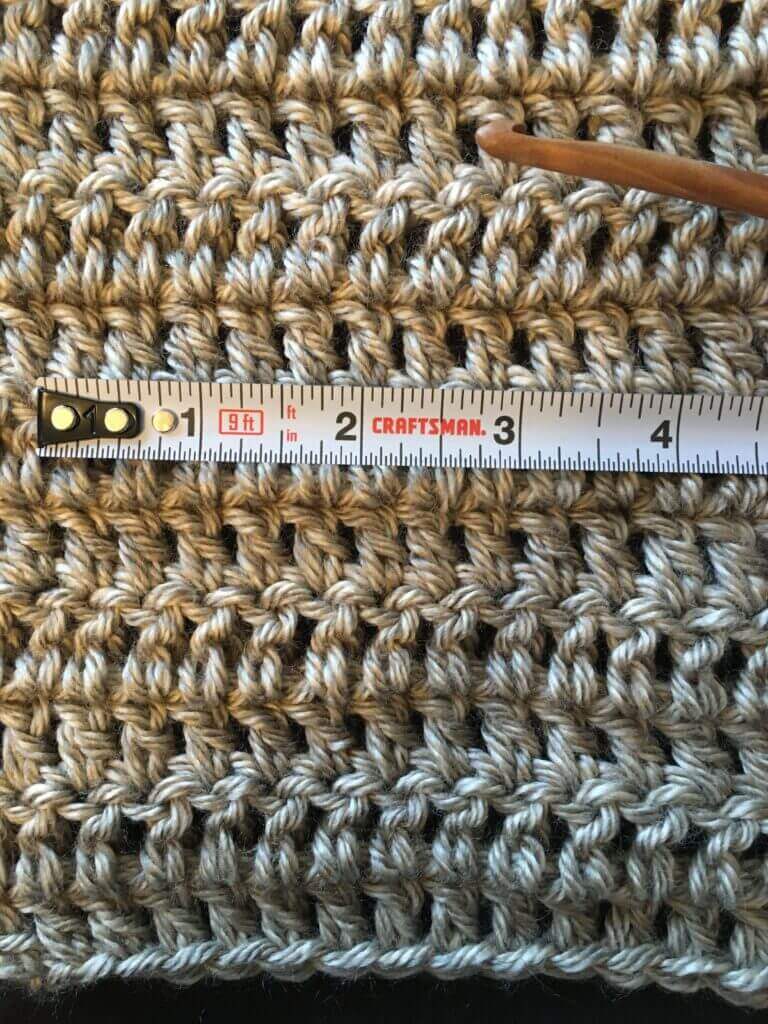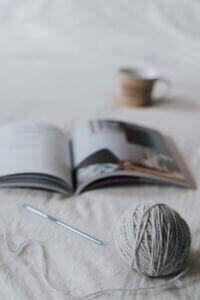Crochet Gauge for Beginners
Understanding crochet gauge is essential for any beginner. Learn how to measure gauge and why it matters with this helpful guide.
This page may include affiliate links. If you make a purchase from these links, I may make a small commission at no extra cost to you. Thank you for your support!
What is Gauge in Crochet?
Gauge, in terms of crochet and knitting, refers to the number of stitches and rows per inch in a given piece of crocheted fabric.
Gauge is often called “tension” in UK crochet terms.
The first task of any crochet project is to make a gauge swatch (or tension sample) to be sure that your finished item will match the size of the item as described in a written pattern.
It’s tempting to skip this step of your project and just dive right in! But making a gauge swatch before you begin can save you a lot of frustration later.
Why is Gauge Important in Crochet?
Gauge is most important when you are crocheting clothing. If your gauge is incorrect, the garment will be too tight or too loose, or important elements, like sleeves and necklines, will be the wrong size.
Crocheters have a little more room for variation in gauge when crocheting blankets and home decor. But making an item with a gauge that is too far off could still give you unexpected results, like crocheting a small clutch purse that turns out to be a maxi tote bag by the end of the project!
How to Make a Gauge Swatch for Crochet
To make a gauge swatch, crochet a piece of fabric in the stitch indicated in the pattern you are working from. (This will be noted in the pattern under the term “gauge” or “tension”.) Use the suggested size for the hook and yarn. Make the swatch big enough – a 4 x 4 inch square at the minimum (10 x 10 cm).

If there is no gauge given in the pattern instructions, you can check the ball band (the label or piece of paper wrapped around a skein of yarn). The ball band will usually give a suggested gauge for both crochet and knitting.
How to Measure Crochet Gauge
The most typical way to measure gauge is to measure the stitches and rows in a 4 inch (10 cm) square section of crochet. In the sample photos below, the gauge is 11 stitches and 6 rows of double crochet per 4 inch square.

You can use a ruler, a tape measure, or a special crochet gauge tool.

What Should You Do if Your Gauge is Off?
When adjusting your gauge, the conventional advice is to change your hook size: if your gauge is too tight (more stitches per inch than called for) go up by one hook size; if your gauge is too loose (fewer stitches per inch than called for) go down by one hook size.
You can also fix your gauge by changing the tension with which you are holding your working yarn. To make tighter stitches, wrap the yarn more tightly around the fingers of your non-dominant hand, and pull the yarn more tightly when creating stitches. To make looser stitches, wrap the yarn more loosely around your non-dominant hand, and don’t pull the stitches as tightly when completing the stitches.


